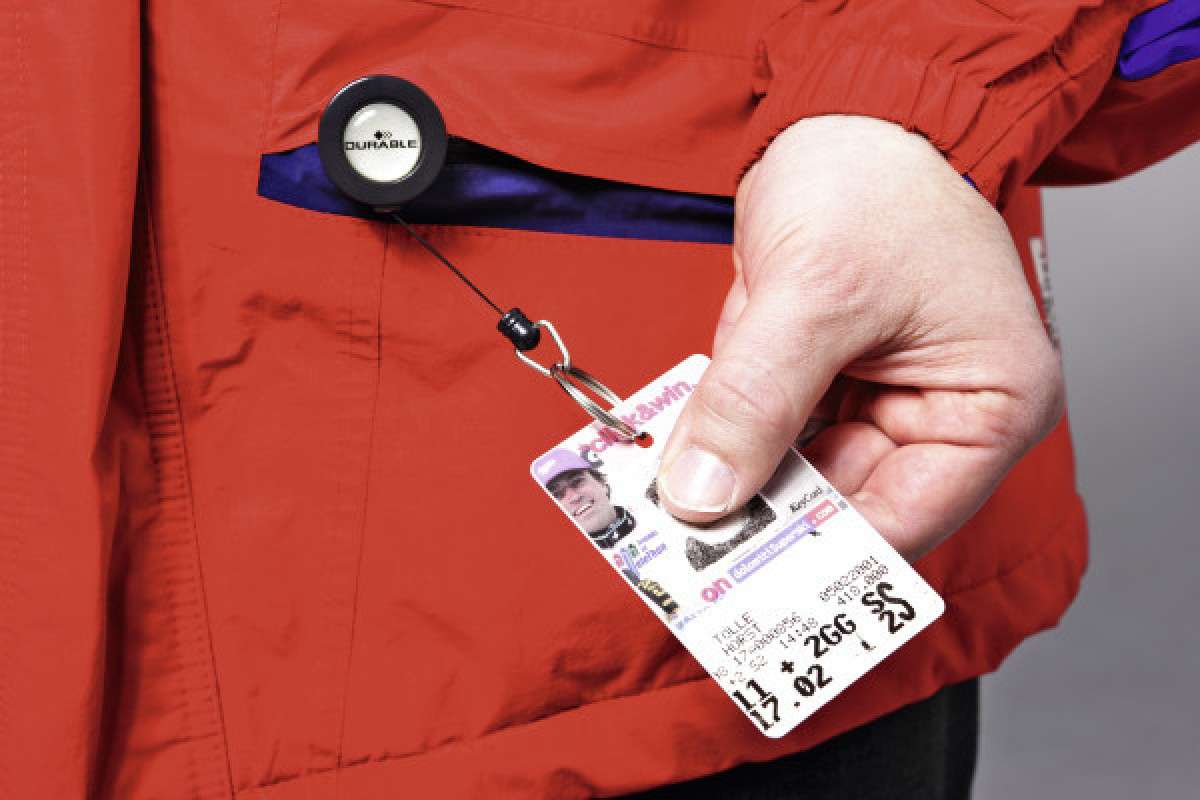A successful website design should serve its purpose by expressing its specific message while also captivating the viewer. A good website design incorporates several elements: consistency, colors, typography, images, simplicity, and usefulness.
Many important aspects influence how the audience perceives the website once it is designed. A well-designed website can aid in the development of trust and guide visitors to take action. Making them optimize and ensuring your website design for usability and how easy it is to use is part of creating a great user experience (functionality). Moreover, you can also partner up with the website design Australia?community for your digital problems.
The process of creating artistic websites is called web design. It consists of a variety of elements, such as layout, content, and design.
8 Basics of an Enticing Web Design
Here are some suggestions to consider while planning your next web project.
Purpose of Your Website
Your website must meet the needs of the user. Having a straightforward, clear goal on all pages will assist the user in interacting with what you have to offer. What is your website’s purpose? Are you providing practical knowledge, such as a “How to” guide? Is it a website for amusement, such as sports coverage, or are you providing a product to the user? Websites can serve many various purposes, but some are similar to all of them.
- Expertise Description
- Developing Your Reputation
- Creating Leads
- After-Sales Service
Simplicity
When it comes to your website’s user experience and usability, simplicity is the best way to go. The following are some design strategies for achieving simplicity.
? Color
Color can convey messages and elicit emotional responses. Finding a color palette that works for your business can allow you to impact your customers’ behavior. Keep the color palette to no more than 5 hues. Colors that complement one another perform extremely nicely. Color choices that are pleasing to the eye improve consumer engagement and make the user happy.
? Typography
Your website’s typography has a significant role. It attracts attention and serves as a visual representation of the brand voice. One should use only three different fonts in the website’s typefaces.
? Imagery
Every visual element utilized in communications is an image. This covers all kinds of graphics, as well as still photography, illustration, and video. Every imagery should express the brand’s personality representing the company’s essence. The majority of the initial information we consume on websites is visual. Thus it’s critical to use high-quality photos as a first impression to give visitors a sense of expertise and authority.
Rules of Thirds
The idea is easy to implement when adding photographs to your website. The sample below demonstrates how images for your website should fit along intersecting lines because this is where the eye is most likely to look.
Place two parallel horizontal and vertical lines across the window, making a grid of nine squares above your image, to ensure it adheres to the Rule of Thirds.
Edit your image using this grid as a guide, ensuring that the intersecting lines are in the most interesting areas of the picture.
Don’t overcrowd the website; instead, make sure there are enough graphics to draw users in and showcase your offerings.
Make It Simple to Find Your Website
Your website must be searchable on Google, even if this is less directly related to your site’s content than you may have already thought (or any other search engine).
Let’s imagine you own a website that sells or promotes motorcycles. If someone searches for “motorcycle” or a related term on Google, your page has to be in the first few results (Search Engine Result Pages).
Suppose your website is user-friendly and made with our suggestions. In that case, it will be simple for visitors to find and form a favorable opinion. A positive social media review or a referral to a relative or friend can result from making a good impression on visitors.’
The Observance Of Formal Norms, Privacy Laws, And Cyber Security
Prepare for some rather bad news.
- Every 39 seconds on average, a hacker assault occurs.
- 43% of all cyber-attacks target small enterprises.
- Businesses will pay more than $2 trillion in 2019 due to cybercrime.
- Every day since 2013, they (cyber criminals) have stolen almost 4 million records of data breaches.
Governments worldwide have established legal standards and legislation to protect your company and consumer data from such attacks. The GDPR (General Data Protection Regulation) is one of them, and it relates to everyone’s data protection and privacy.
Thus, it must be safe if your website asks users to provide personal information like names, contact information, or credit card numbers.?
You may quickly have the GDPR compliance of your current website tested if you’re unsure. In the end, it’s always better to be safe than sorry!
Include Testimonials As Social Proof
An industry standard has emerged from what was once an invention in web content. Make sure to include credible testimonials on your website if you want to set yourself apart from the competition and demonstrate the reliability of your site.
An attractive and simple-to-navigate format is the greatest approach to displaying your clients’ glowing feedback. Although doing this would entail hiring a designer to create a testimony block for you. It is a terrific method to build credibility and reassure your visitors of the reliability and excellence of your website and service.
You’re probably going to quickly skim the reviews even before purchasing a new phone case!
Prioritize Usability
The phrase mentioned above describes how user-friendly a website can be. Is it easy for website visitors to browse your site? How obvious are your contact or call to action (CTA) buttons, and how quickly can users locate the information or questions they need?
A website’s usability depends on the material you offer and your overarching business objective. For instance, a blog’s usability would be different from an online store’s.
Here are some elements to think about for a usability overview:
- Is it responsive?
- Are you able to recognize your key information?
- Does the navigation make sense?
- Does the layout limit the user’s concentration to one thing at a time?
- Is the search bar always visible?
Ensure the Scalability of Your Website
Think of a website where you offer t-shirts with unique designs. Your website has experienced a surge in traffic due to the current Game of Thrones season, with customers eager to order the newest designs and quotes from the most recent episodes.
Now suppose that this hypothetical website cannot handle the inflow and crashes. Your users see an error warning on their screens in the middle of hundreds, if not thousands, of purchases.
It would drive your clientele insane (and even that is an understatement)! Many of them might label your shop front as a hoax and switch to one of your rivals.
Not to mention the bad comments on your website and social media profiles!
Optimize and manage high traffic to ensure that all of your visitors and potential customers enjoy a smooth experience.
Make Sure it is Simple to Maintain
It is quite unlikely that you will continue using the design you came up with more than ten years ago. If you are, an upgrade could be in order.
Now, we’re not advocating a complete renovation here. You might want to change a few things here and there to prevent your clients from becoming bored.
This modification could be as minor as moving your logo slightly to the left, updating your images, or altering the button shapes. This modification poses no issues if you utilize a content management system (CMS) like Word Press or Joomla. All you would have to do is access your CMS and make the necessary changes to your website.
Conclusion
These principles are a few straightforward but crucial guidelines that will give you a fundamental understanding of building a website.
Newer design principles will be implemented over time as people’s preferences and needs change, but for the time being, enjoy and embrace the process of creating your brand-new website!









